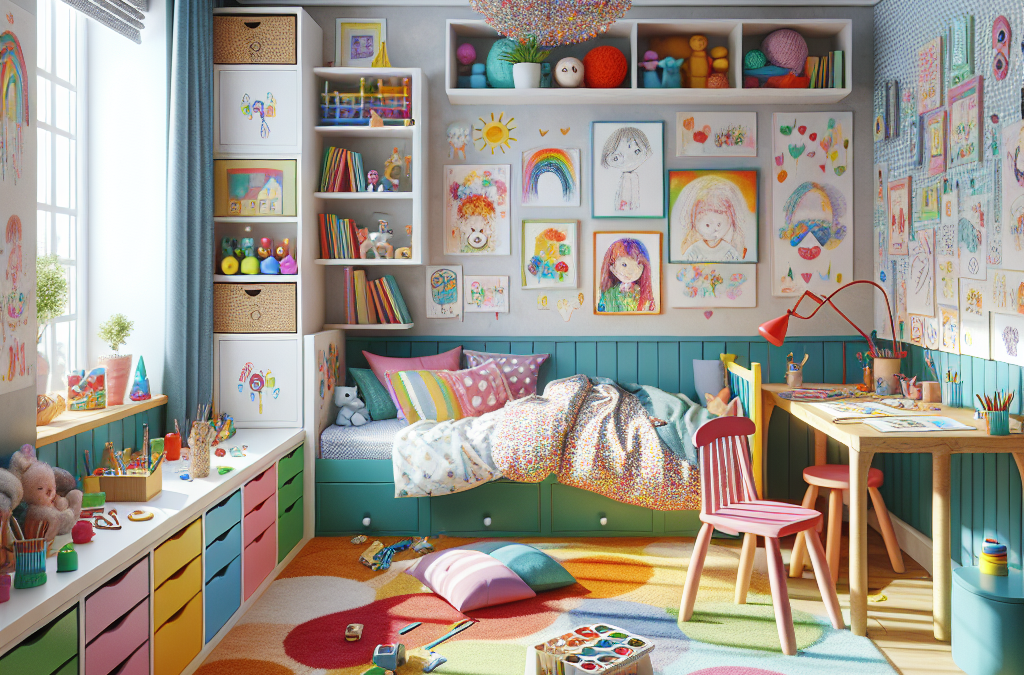Title: Innovating Children’s Room Design: Blend of Aesthetics and Functionality
The world of interior design is ever-evolving, with innovative ideas continually transforming mundane spaces into exciting, functional, and aesthetically pleasing environments. One area experiencing this evolution particularly is the children’s bedroom design industry. Thus, this article aims to explore child-friendly design trends and smart space solutions that cater to their needs – a unique intersection of form and functionality, creativity and practicality.
Understanding the Importance of Children’s Bedroom Design
Children’s bedrooms aren’t just spaces where they sleep. Instead, they serve multiple purposes – a play area, a study spot, a chill-out zone, a creative corner – an essential space conducive for their growth and development. Thus, it is important to create an environment that inspires, stimulates, and nurtures their imagination, whilst ensuring comfortable and safe space.
Innovative Design Trends
1. Theme-Based Designs: As per the child’s preferences, designers are creating theme-based bedrooms blending colors, texture, pattern, artwork, and furniture. Whether it’s a superhero theme, a fairy-tale princess concept, a nature-inspired design, or a space intrigue, theme-based designs make the room visually appealing and fun.
2. Multifunctional Furniture: The trend of convertible and multifunctional furniture is revolutionizing children’s bedroom design. It allows designers to maximize utility while saving space, with beds that convert into desks, foldable study units, storage-friendly seats, etc.
3. Learning Spaces: More emphasis is given to incorporate dedicated study areas, making room for various educational and creative resources that make learning fun and engaging at home.
4. Nature Inspired Designs: Incorporating elements of nature like using natural materials, nature-themed wallpapers, indoor plants, animal motifs etc., can help create a soothing and invigorating environment in the room.
Smart Space Solutions
1. Wall Storage: When it comes to a child’s room, storage is crucial. Built-in wall storage units make use of vertical space for toys, books, and other knick-knacks, keeping the room clutter-free.
2. Modular Furniture: Modular furniture allows flexibility, utilizes the space efficiently, and can be redesigned as per changing needs.
3. Creative Partitions: For rooms serving multiple kids, or to create separate areas for study, sleep and play, partitions prove useful. These could be bookcases, sliding doors, or even curtain dividers.
4. Lighting: Appropriate lighting is essential. It includes ambient lighting for a warm, welcoming feel, task lighting for studying or reading, and accent lighting to highlight decor or unique architecture.
In Conclusion
Interior design for children’s rooms requires a careful balance between functional needs and aesthetic preferences. It involves understanding the child’s personality, interests, and requirements to create an engaging space that encourages creativity, focus, and relaxation. With design trends constantly evolving, incorporating these innovative and smart solutions will ensure their room remains exciting and adaptable through their growing years.

